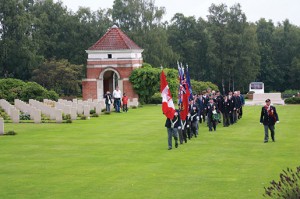
Nowhere To Hide: Chaos In The Ypres Salient
Chaos and death ensued after the Germans released tons of chlorine gas in the Ypres Salient, April 1915. Gaps appeared in the front line and plans were made to plug them, but men were caught in the open and the list of casualties grew.

























